Why Photographers Struggle in Corel Painter—and How to Fix It (with or without chocolate)

If you’ve ever opened Corel Painter with excitement only to close it hours later feeling frustrated or defeated—you’re not alone.
I’ve heard this story countless times from photographers, and if I’m being honest, I’ve lived it myself. It's public knowledge I call her a "diva." She is. But she's the partner you didn't know you needed in your digital painting journey (just tell her nice things and feed her digital chocolate often)!
There’s nothing more discouraging than wanting to create something meaningful and beautiful, but not knowing how to get there. Especially when you’re staring at a screen full of tools that feel more like a puzzle than a paintbox. You're ready to get IN FLOW only to be threatening your system that it'll meet its end in traffic. Under a large cement truck.
Here’s what I’ve found over the years: the problem usually isn’t talent. Painter has two distinct phases—first, learning the interface, the tools, the layers, and how to move around without feeling overwhel...
How to Creatively Use Textures as Clipping Masks

Textures have a world of uses whether you're editing or digitally painting. Did you know they could be used as CLIPPING MASKS? I'll show you how using Adobe Photoshop and (in my case) a Wacom Intuos Pro medium tablet. However, you don't even need a Wacom tablet for this edit! Adobe describes a clipping mask as a group of layers to which a mask can be applied. The caveat - it must be greyscale just like masking but in this case whatever is black will show your image. The black shape must be on a transparent layer, not a black and white solid layer. How do you do this with your greyscale textures such as the recently released Alla Primas 3 & 4 Collection? I'm glad you asked! Let's dive in!
In Adobe Photoshop open an Alla Prima texture document. Double click to unlock the layer. Double click on the grey part of the layer (not the name) to open the Layer Style dialogue. Move the "Current Layer" BLEND IF white sliders until all the white area has disappeared. To achieve this cleanly hold...
Background Editing - A Variety of Methods
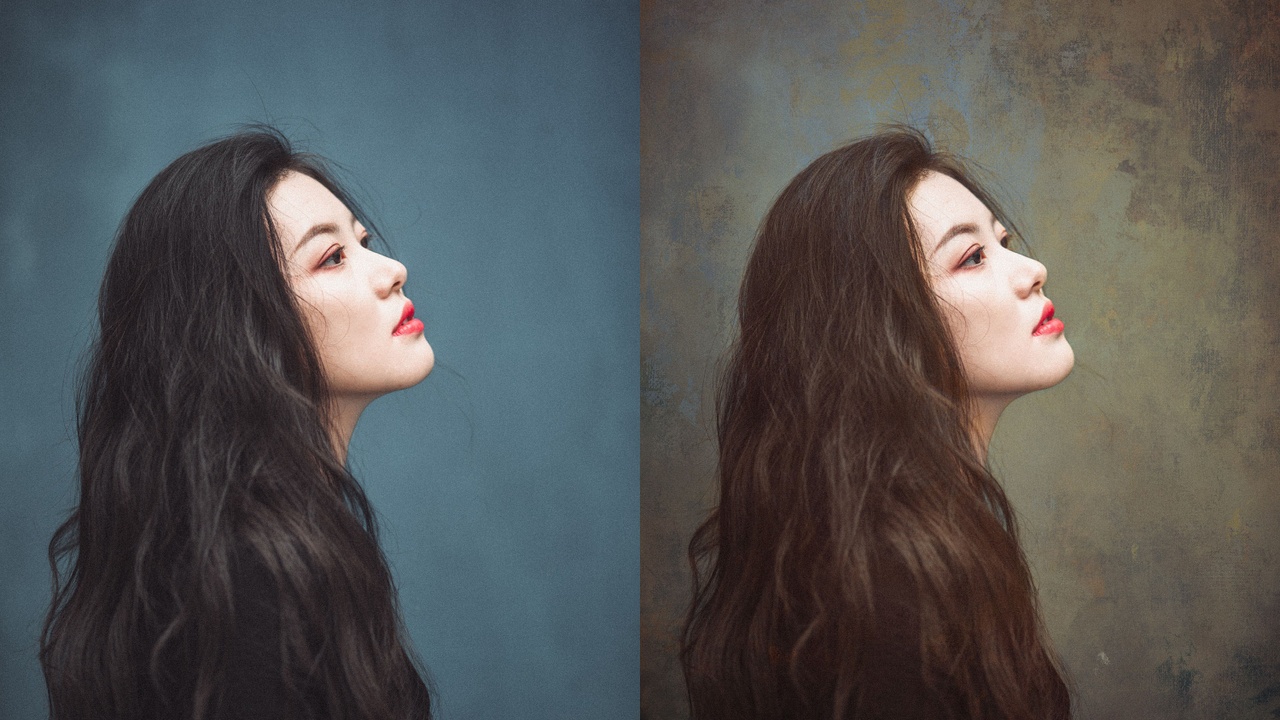
In this post I will be referencing two softwares: Adobe Photoshop CC 2022 (mostly compatible with earlier versions of Photoshop), and Corel Painter 2021 (compatible with Corel Painter 2020 and newer in regards to the "texture" palette). The below portrait examples are photographic edits. They haven't been painted.
(Seen here with the Summer Gold 0505 set to Soft Light over the original file plus the original edit masked over top to bring back the face).
Backgrounds.
You've bought them. Now what?
Let me tell you. SO, SO, SO, SOOOOOOOOOOO many options. It's that age old answer, "depends..."
Depends on whether or not the subject was photographed indoors, outdoors, controlled light, natural light, clothing choice, how much texture do you want on the skin, how much texture do you want in the large spaces, etc. I could go on and on and on about this in an entire webinar.
Backgrounds are not simply limited to a drop in as a green screen replacement. Nope. That's the beauty of thes...
How to Use the ALLA PRIMA Textures!
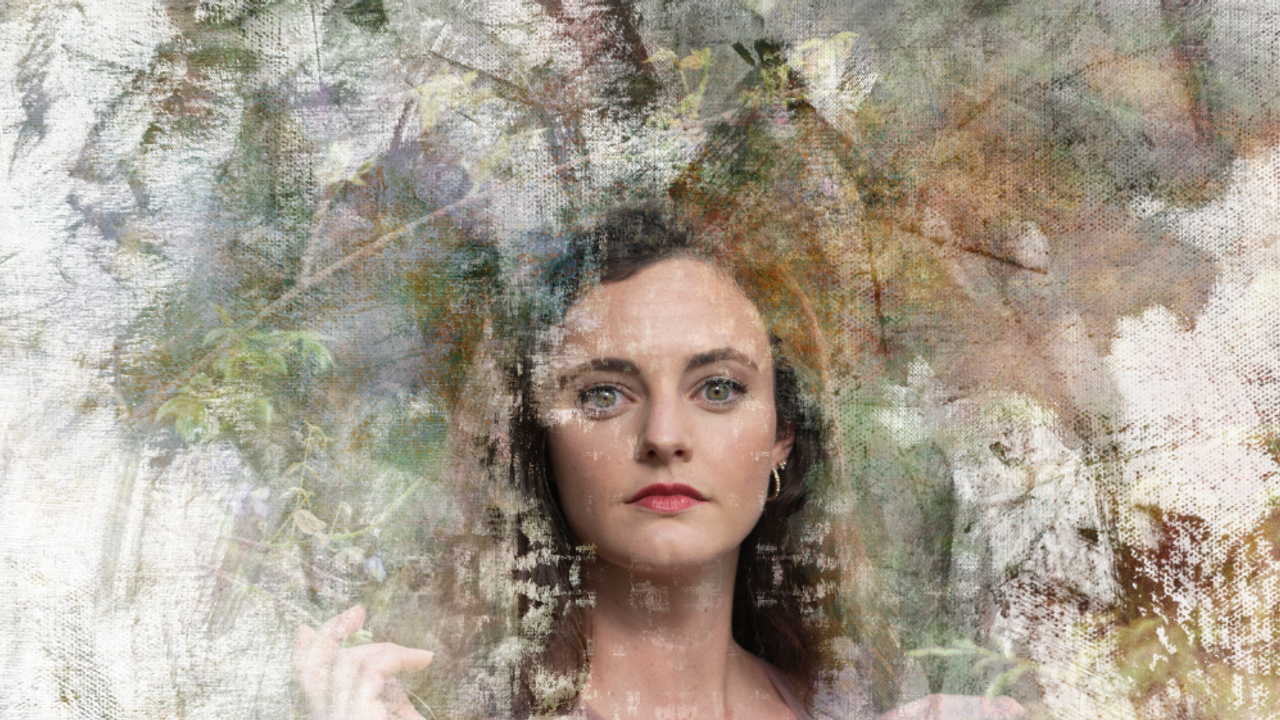
One Incredible HACK to Using the Alla Prima Textures!
Do you remember the clipping masks in Photoshop? This hack is sort of like that.
There are three components.
- A retouched image
- A colorful, painted, full bleed texture
- A monochromatic, contrasty, brushed topper like the Alla Prima ll textures (or veil, which would be harder to use here)
Number one will be your bottom layer in Adobe Photoshop. 2, the second layer, and 3, the top layer.
Set layer 2 to Hard Light (or whatever works best with your image) under layer mode.
Set Layer 3 to Screen.
MAGIC!
I didn't even take this through Corel Painter! It would be a fabulous prep file, but as is it's ready to print!
More in depth
I gently retouched my image first in Adobe Photoshop CC 2022 using a Wacom Intuos Pro medium tablet and basic tools (healing brush, stamp, etc). The beauty of controlling outdoor light with a strobe typically means less retouching is required. I'm working in Adobe RGB 1998 in a 16 bit file as it's ...
I bought a (digital) background. Now what?
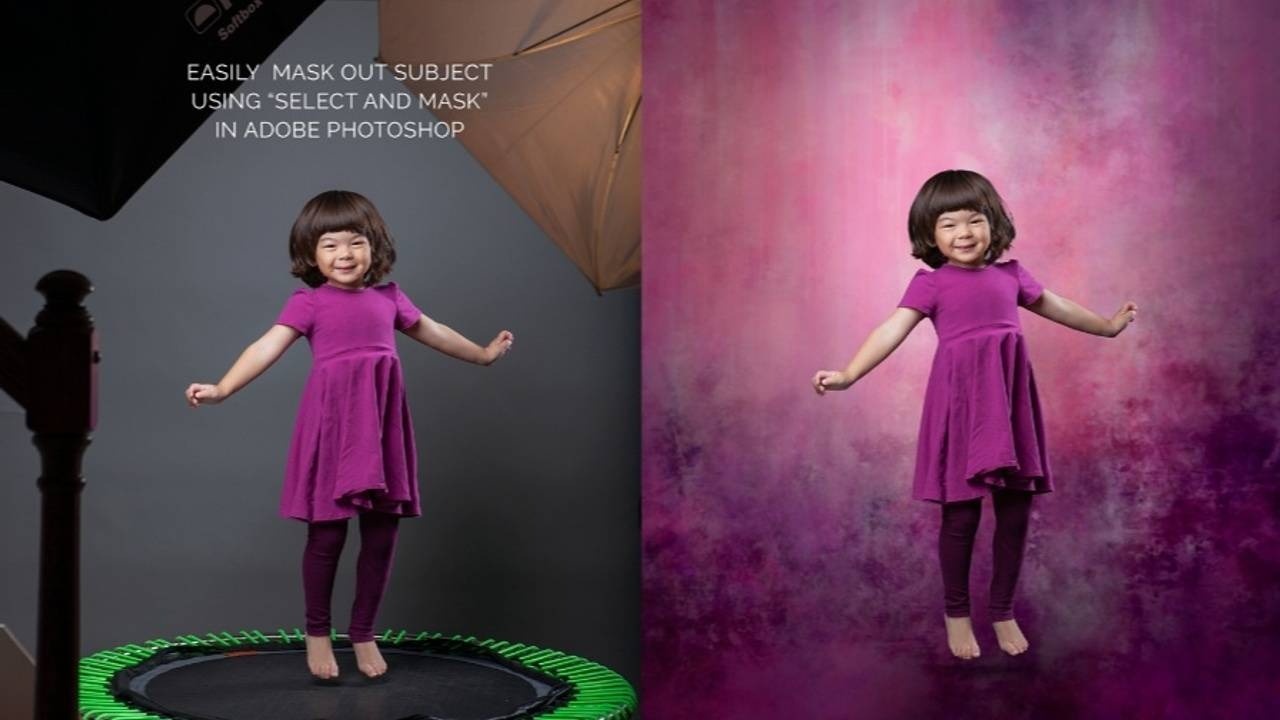
I bet you love backgrounds as much as I do. You adore the brushwork, find the color harmonies pleasing, and think they'd be a perfect compliment to your portraits.
And you're absolutely right!
But with the amount of choices of backgrounds, there is that debilitating moment of oh crap. How do I USE the backgrounds?
I'd love to say there is NO WRONG ANSWER, but there sort of are. The foundations of art should be considered. Questions to ask yourself such as do these elements support my overall piece? Think more gestalt, and less detail when approaching background in relation to subject.
- Light direction (keep in mind this can be changed with some sometimes minor editing)
- Contrast (does it compete with my subject in shape and density, in saturation, in tone?)
- Storytelling (does it support or compete with my subject?)
- Texture (does it compete with my subject or is it somehow repeated in in brushwork or pattern in my piece?)
- Color harmony, value, and tone
- Shapes (do the overall ...
How NOT to talk to a child about art
If you haven’t already made the connection between one of my favorite subjects to paint, and my family, allow me to introduce you to Xia. Currently, she’s five. She’s been drawing since she was two, and painting since she was three on easels. On professional, double mast easels.
(The video above is from last year)
Xia has her own art studio. We don’t call it a play room because honestly, there are more art supplies in it than toys. She has two “adult” easels and a large rack and closet full of mostly non-kiddie art and craft materials. She loves to paint in acrylics, watercolors, and especially loves the magic of color mixing. You won’t find her works bleed into mud. She’s a stickler for keeping clean color segments. Xia is not fond of crayons, but prefers markers. She hasn’t been crazy over colored pencils either. She tends to lean towards easy gliding materials.
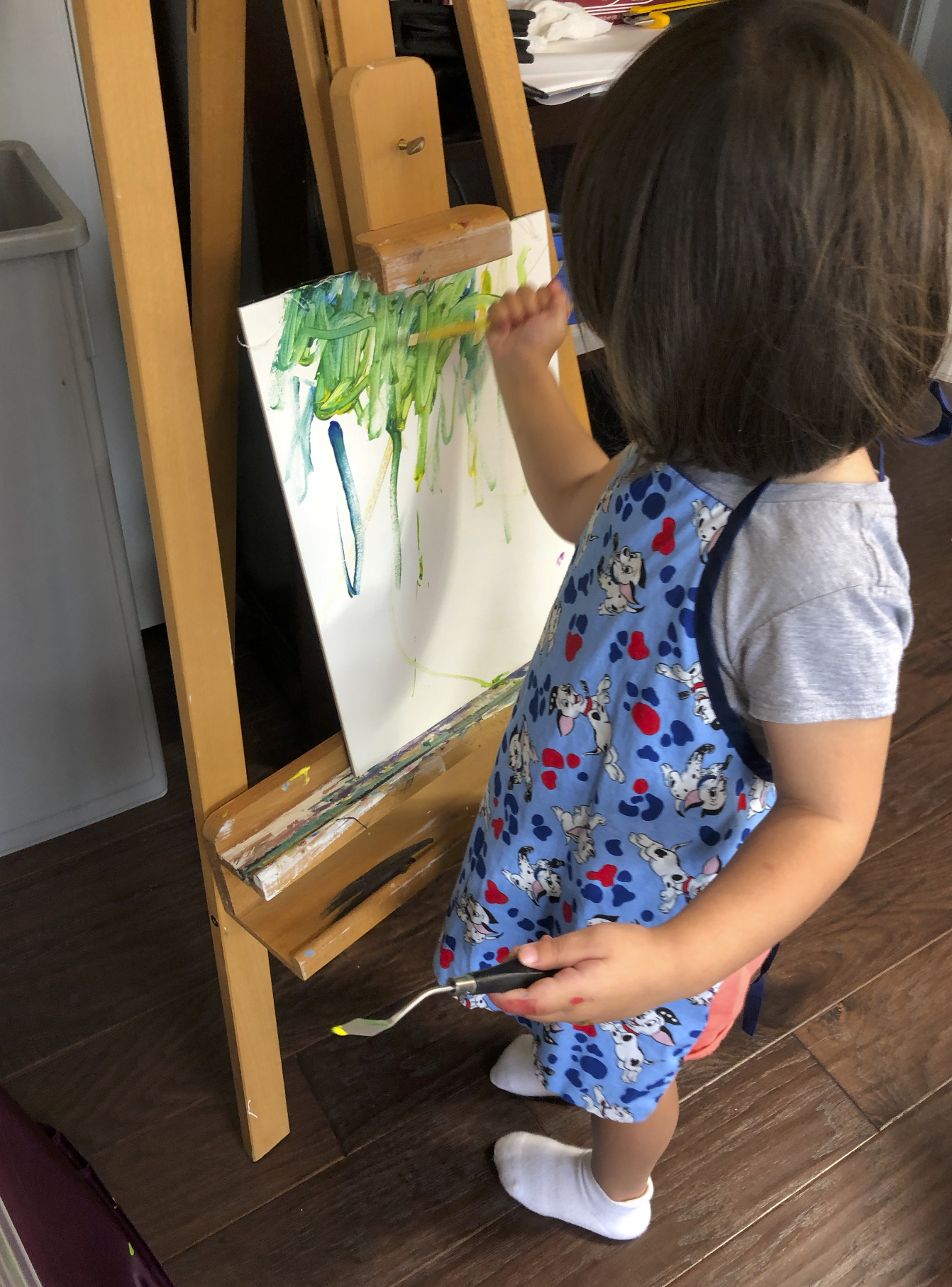
Xia, 3, loves using my palette knives

With that said, let’s talk about HOW NOT TO TALK TO A CHILD ABOUT ART.
...
The Challenge of Growing Pains
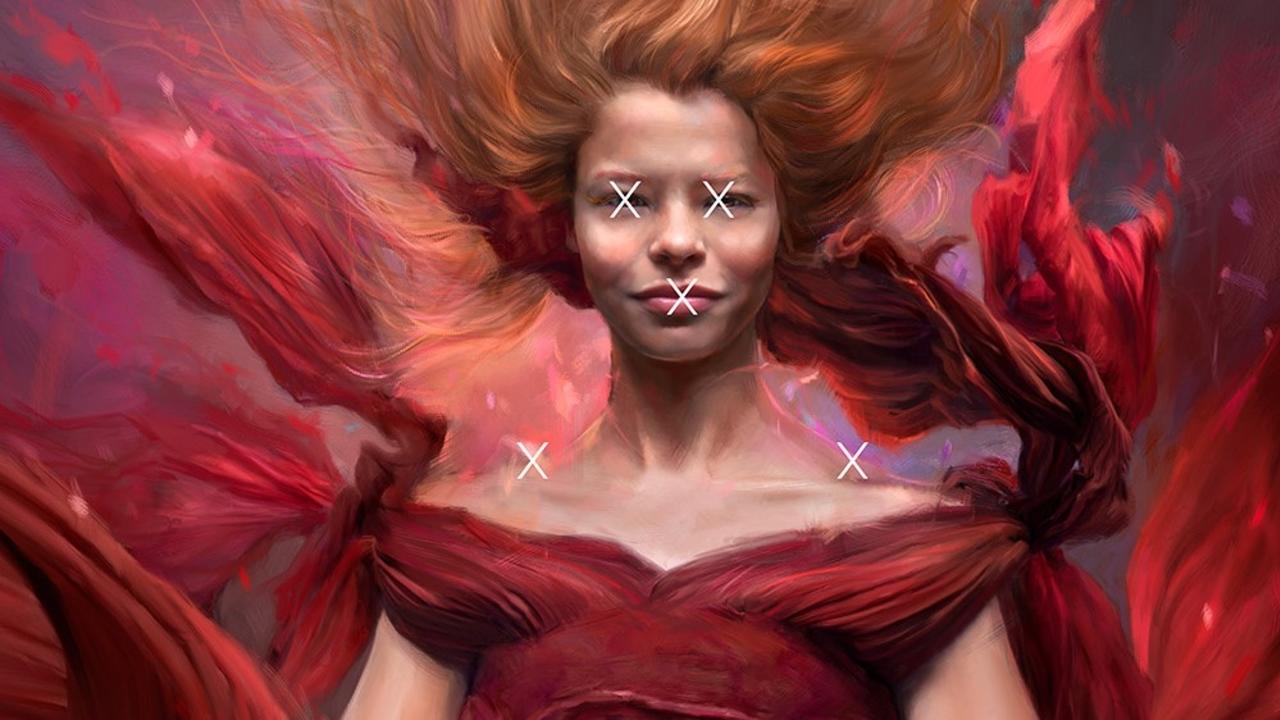
I’ve watched IPC since I was ten years old.
It’s been 27 years of IPC in some shape or form. I haven’t entered all of those years, but I was close by with family members entering since I was ten. The “artist” category has grown from the days of manually retouching prints (or negative retouching!) with dyes, paints, and pencils and presenting layouts with actual paper (gasp, remember those days?)! Now it’s evolved to heavily Photoshop or Corel Painter reliant artistry ranging from elaborate composite work to fully hand painted imagery. There are the rare events that true oils, with nothing digital are submitted (hello, Linda Weaver, you talented beast!). There has been a huge shift in the artist category in the last 27 years indeed. I’ve watched, I’ve entered, heck, I even became a juror. And with that amount of time, I propose a mental shift, and birth of a subcategory (s) to keep up with the times.
“I think it’s important to remember that making art is a process. It is never finis...
